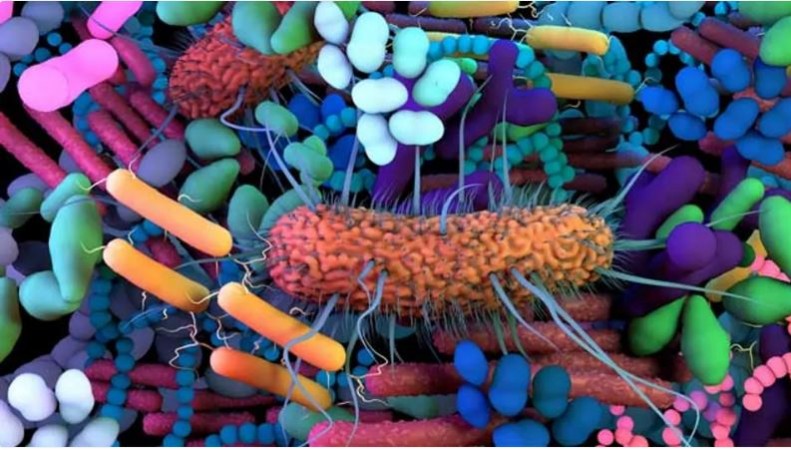
The bacteria Clostridioides difficile, sometimes known as C difficile or C. diff, is known to cause serious intestinal sickness and can be challenging to study and treat. Within two months, 1 in 6 C. difficile-infected patients will contract the illness again.
However, researchers are still baffled as to why some individuals' C. difficile infections are harder to treat than others. There are billions of microbes in the human gut, and these microbes can affect the virulence of different infections. However, until recently, it was unclear how C. difficile interacted with the diverse array of microbes in the gastrointestinal tract.
In a recent study published in Nature, scientists from Children's Hospital of Philadelphia (CHOP) discovered that Enterococcus, an opportunistic pathogen that is antibiotic-resistant, collaborates with C. difficile to alter and improve the metabolic environment in the gut so that C. difficile can flourish.
The gut's "bystanders" can have a significant impact on the course of infection, according to senior author Joseph P. Zackular, PhD, Investigator and Assistant Professor of Pathology and Laboratory Medicine at Children's Hospital of Philadelphia. "When we talk about bacterial infections, we often just think of the pathogen itself," he added. This study shows that the occurrence of two harmful species, Enterococcus and C. difficile, coincidentally; they actually benefit from one another. Fighting this pressing public health issue requires an understanding of this link as well as other elements that affect how clinical outcomes of C. difficile infection turn out.
According to earlier research, people with C. difficile infections also have high amounts of enterococci in their guts and commonly co-infect patients with vancomycin-resistant enterococci (VRE). It is unknown how Enterococcus affects clinical outcomes and susceptibility to C. difficile infection.
The researchers examined stool samples from 54 young patients who had C. difficile infections to better understand the relationship between Enterococcus and C. difficile during infection. The researchers discovered substantial quantities of Enterococcus in the stool of these patients, as well as a positive association between enterococcal and C. difficile loads, which is consistent with findings in adults.
The researchers subsequently verified the mechanism of how these two infections cooperate after receiving confirmation that enterococci are significantly prevalent in the stomach of children with a C. difficile infection and that this positively correlates with C. difficile burden. They discovered that enterococci improve C. difficile virulence by increasing its production of toxins using both in vitro and in vivo experimental methods.
Nanoparticle "backpacks" help probiotics fight IBD
Study finds Covid patients with sedentary lifestyle more vulnerable
Natural medicine for treating diabetes and the metabolic syndrome